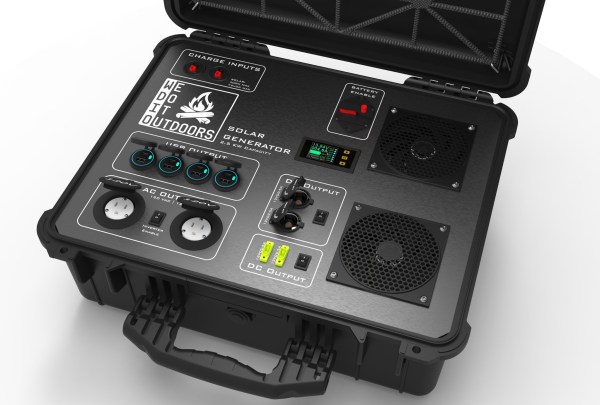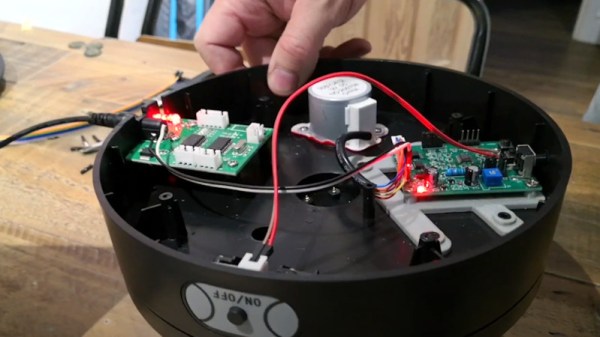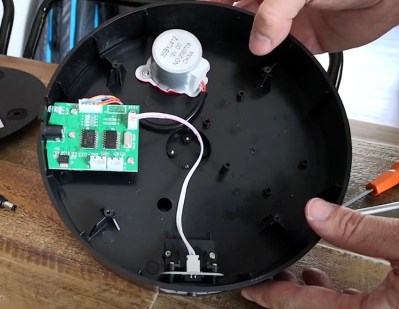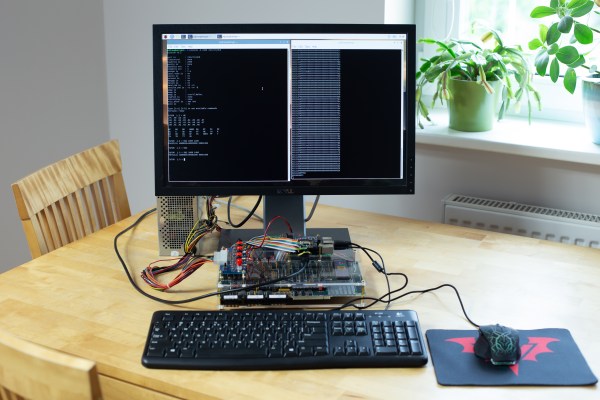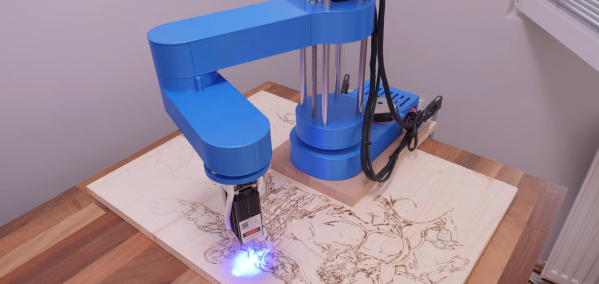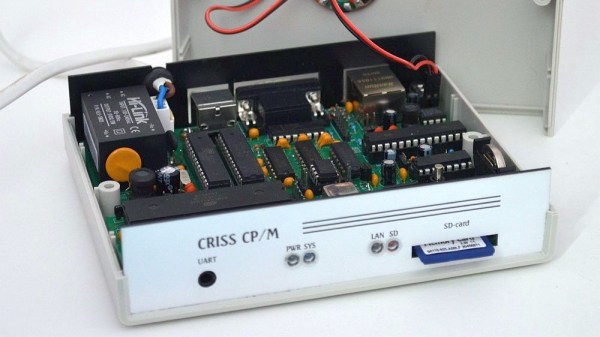Congratulations to the ten projects that have been selected to receive $500, and continue to the finals of the 2021 Hackaday Prize! Each of these are a different take on the Reimagine Supportive Tech Challenge that sought ways to make great hardware ideas work for more people.
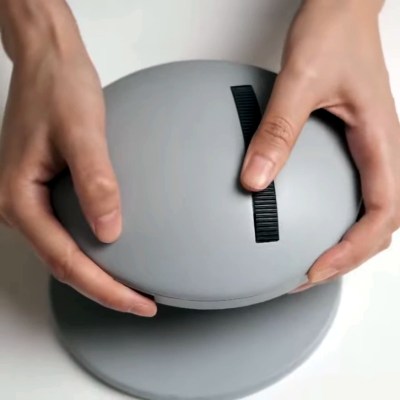 Ebooks have made it possible for everyone to have a library in their pocket, and that has included the visually impaired as text-to-speech can read the printed word. But that’s not a complete replacement for reading for yourself and so the Thenar steps in as an affordable, portable braille ebook reader. It leverages a single braille cell on the edge of the device, and a tank-track-style scroll wheel for user input. Complete with a docking station to inductively charge the battery, it’s a high-end reader for those who need an alternative to epaper.
Ebooks have made it possible for everyone to have a library in their pocket, and that has included the visually impaired as text-to-speech can read the printed word. But that’s not a complete replacement for reading for yourself and so the Thenar steps in as an affordable, portable braille ebook reader. It leverages a single braille cell on the edge of the device, and a tank-track-style scroll wheel for user input. Complete with a docking station to inductively charge the battery, it’s a high-end reader for those who need an alternative to epaper.
Okay, pop-quiz; how many of us want to have a future involving solar-powered everything? Most of us now have our hands up, but how many of us can set up a high-efficiency solar charge controller ourselves? If this next finalist (pictured at the top) has its way the answer will be just about everyone. The 2.5 kilowatt solar generator in a rugged brief case is packing a whopping 160 (!) 18650 lithium cells. The charging side of the design handles the maximum power-point tracking (MPPT) while the discharging side protects the user with a circuit breaker and all kinds of regulated outputs like 120 V, 24 V, 12 V, and of course all of the USB-C functionality you’d expect from a system like this.
Ten Finalists, Eight Dozen Entries
We cherry-picked two excellent finalists above, but all ten of these are easily worth their own mention (and many have already been individually featured on these pages). Congrats to the folks who will be headed to the finals in October!
- Thenar – portable and affordable Braille book
- Mini Pupper – First ROS,Open-source Robot Dog
- Capacitive Touch Button Computer Mouse Hack
- Rugged Solar Generator 2.5KW
- T.O.F. Wristband V2
- Eye-to-Speech Module
- PECS Communication Board
- Raspberry Pi Spectrometer
- BioAmp EXG Pill
- FlowIO Platform
It was a tight field of nearly 100 entries for this round, make sure to take some time to check those out and offer kudos in the comment sections of each project. We’re excited to see what comes of the robotics-oriented challenge currently underway!

